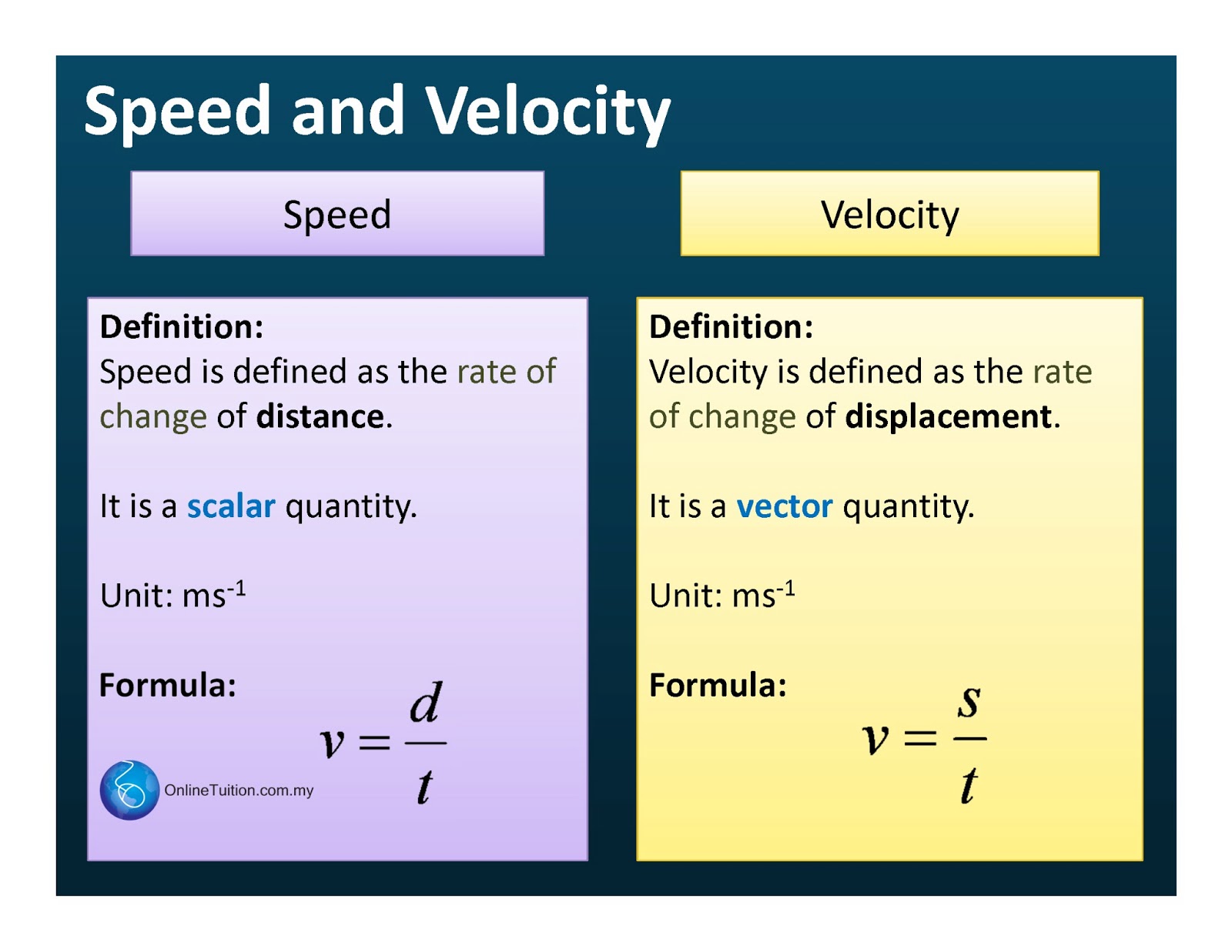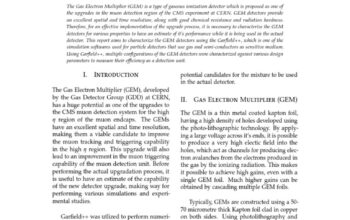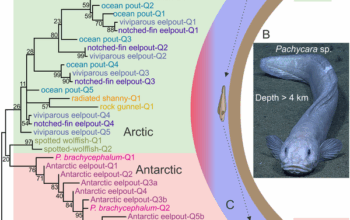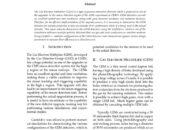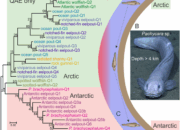The velocity of light within an optical fiber is a topic steeped in both fundamental physics and practical applications. Optical fibers are the backbone of modern telecommunications, enabling high-speed data transmission over vast distances. Understanding the speed at which light travels through these fibers necessitates an exploration of fundamental principles such as the refractive index, the nature of light, and the technological implications of fiber optics.
To commence the discussion, it is pivotal to comprehend the general speed of light in a vacuum, which is approximately 299,792 kilometers per second (km/s). However, this speed significantly alters when light traverses different media, including optical fibers. In any medium other than a vacuum, light interacts with the material, which affects its velocity. This phenomenon is encapsulated in the concept of refractive index.
The refractive index (n) of a medium is defined as the ratio of the speed of light in a vacuum (c) to the speed of light in the medium (v). Mathematically, it is expressed as:
n = c/v
This relationship indicates that as light enters a medium with a higher refractive index, its speed decreases. Most optical fibers are made of glass or plastic materials, which present refractive indices generally ranging from 1.44 to about 1.55 for typical glass fibers. To explore the precise velocity of light in these fibers, one can derive the value using the aforementioned formula. For instance, if we consider a typical glass fiber with a refractive index of 1.5, the velocity of light in this medium can be calculated as follows:
v = c/n = 299,792,458 m/s / 1.5 ≈ 199,861,700 m/s
Thus, light travels at approximately 200,000 kilometers per second within the core of this optical fiber, a stark contrast to its speed in a vacuum.
Furthermore, the structural composition of optical fibers merits attention as it influences the propagation of light. Optical fibers consist of a core and a cladding layer, each having distinct refractive indices. The core is where the light is transmitted, while the cladding serves to reflect the light back into the core, thereby facilitating total internal reflection. This principle not only ensures minimal loss of signal but also allows the light to travel long distances without significant attenuation.
The phenomenon of total internal reflection is contingent upon the angles at which light is incident; it is fundamental to the efficient operation of optical fibers. This ability to guide light effectively is one of the reasons why optical fibers are integral in high-speed communications, enabling the transmission of massive amounts of data across continents through undersea cables and other infrastructural marvels.
Moreover, the fascination with the velocity of light in optical fibers extends beyond mere numbers. It delves into the implications for the fields of communication and information technology. As society increasingly shifts towards digitalization, the demands for bandwidth and speed in data transmission have surged. Optical fiber technology offers solutions that surpass traditional copper wiring in both speed and capacity, capable of transmitting trillions of bits of data per second.
Additionally, the exploration of light’s velocity has profound ties to physics, optics, and even the realms of quantum mechanics. As one investigates deeper, questions arise regarding the nature of light itself. It behaves both as a wave and a particle, a duality that propels a plethora of scientific inquiries. This interplay between light’s speed and its behavior is pivotal to advancements in various technologies, including laser applications, medical imaging, and sensor technologies.
Interestingly, the operational efficiency of optical fibers is subject to various factors, including temperature, material imperfections, and laser technology. These variables can induce fluctuations in the speed of light and the overall performance of a fiber optic system. Researchers and engineers continue to innovate, developing materials that minimize signal loss and dispersion phenomena, thus enhancing the reliability of data transmission.
Another pertinent aspect is the advent of photonic crystal fibers which utilize structured arrangements of materials to further manipulate light’s velocity. Such innovations could pave the way for advances in telecommunications, allowing for even greater reductions in signal degradation and improvements in speed. The scientific community remains captivated by these advancements, as they hold the potential to revolutionize how we understand and leverage light in communication.
In conclusion, the velocity of light traveling in an optical fiber, while perhaps seemingly arcane, reflects deeper implications and marvels of physics that interlace with our technological evolution. As this field progresses and continues to unveil new applications of fiber optics, the dialogue concerning the nature of light and its velocity will persist, illustrating the enduring relationship between science and technology. Embracing such explorations broadens our understanding of the universe, our interaction within it, and fosters continued innovation in a world where speed and connectivity are paramount.
